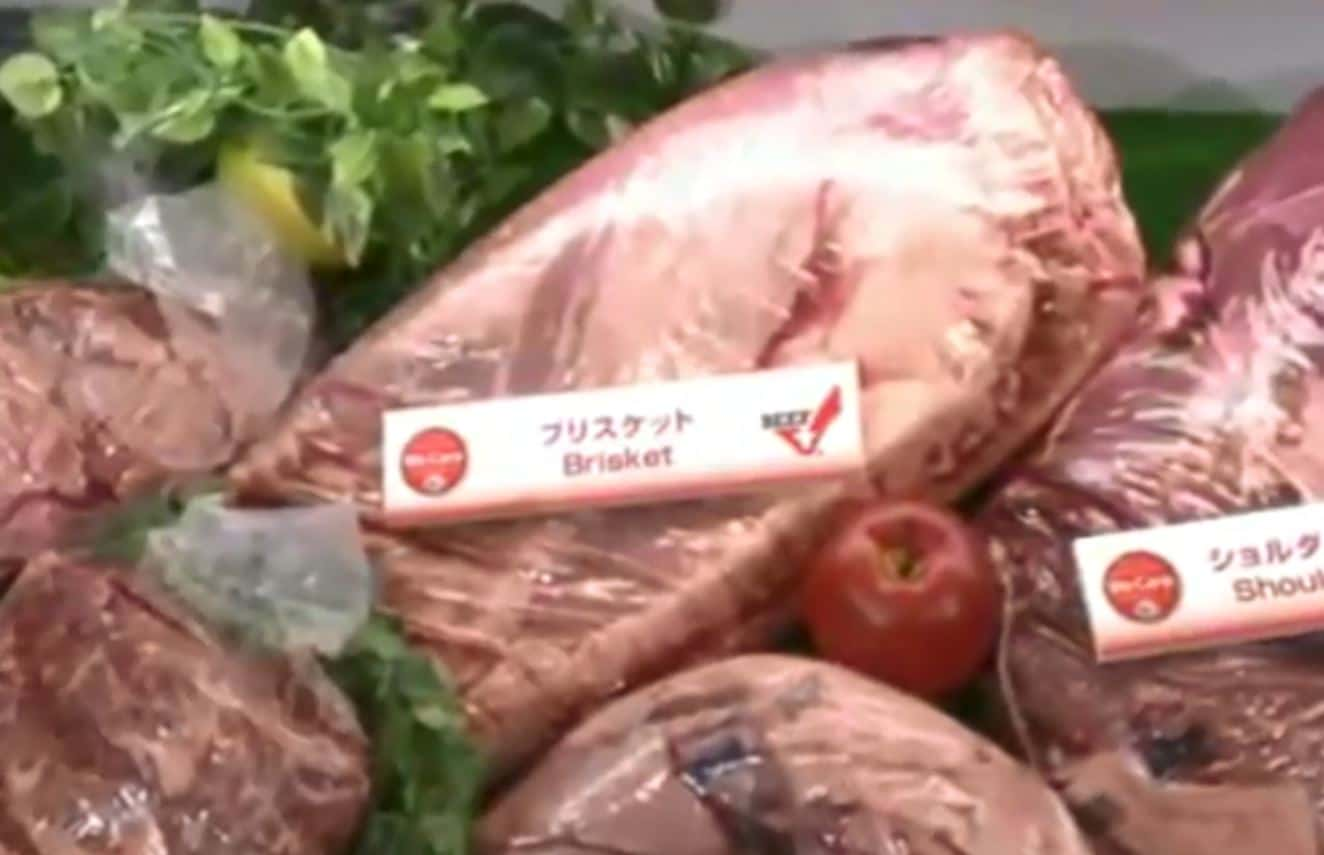The North Dakota Beef Commission (NDBC) recently approved funding to help bolster U.S. Meat Export Federation (USMEF) efforts to increase U.S. beef sales by reaching Japanese consumers through retail and foodservice promotion activities. The NDBC approved $200,000 for the USMEF U.S. Beef Promotion Partnership – Japan efforts, which has the potential to reach more than 126 million consumers. The Partnership will work to increase demand for U.S. beef in Japan by building a sustainable presence for the product and increasing consumer confidence in the overall quality, value and safety of U.S. beef.
“It all comes back to adding value and demand to beef products,” says Clark Price, ex-officio member of the NDBC and the Commission’s representative on the USMEF. “If we can increase exports, that value comes back to our producers.”
North Dakota beef checkoff funding will be leveraged with funding from USDA, beef and feed grain checkoff programs to support this project. The USMEF estimates each dollar contributed by the NDBC will generate an additional investment from government sources, non-checkoff industry groups and third-party contributors.
With more than 126.8 million Japanese consumers spread over a landmass similar in size to North and South Dakota combined, this effort has the potential to impact Japanese consumers in numbers 16 times larger than all the consumers in North Dakota, most of which already consume more beef per person than the national average.
According to the USDA, in 2018, U.S. beef exports shattered the previous value record and achieved a new high for volume, which was fueled by tremendous demand in South Korea, Japan, Taiwan, and the ASEAN region. U.S. beef exports reached 1.35 million metric tons, up 7 percent from 2017, and export value soared to $8.33 billion, a 15 percent increase over 2017. Export value equated to $323 per fed steer or heifer slaughtered and exports accounted for 14.6 percent of total U.S. beef production.
U.S. beef exports reached $8.1 billion in 2019; however, exports to Japan dropped six percent year-over-year in both volume (311,146 metric tons) and value ($1.95 billion). This was due in part to a significant tariff rate disadvantage compared to Japan’s beef imports from Australia, Canada, New Zealand, and Mexico. However, Japan’s tariff rates for U.S. beef were lowered on January 1 to match those imposed on major competitors, with the rate for U.S. beef muscle cuts dropping from 38.5 percent to 26.6 percent and the rate for U.S. beef tongues dropping from 12.8 percent to 5.7 percent. Another round of tariff rate cuts will take place on April 1, when the new Japanese fiscal year begins, and USMEF is working with the Japanese trade on plans to regain lost market share.
A 10 percent decline in Japan’s domestic beef production and rising beef consumption, as well as shifting diets from seafood to red meat and growing interest in American-style steak in retail and foodservice, point to sustained long-term growth for U.S. beef exports to the country. USMEF forecasts U.S. beef exports to Japan could reach $2.3 billion in 2020 and approach $2.8 billion by 2025.
“We’ve got so much room to grow in this market, because the demand is there. I wouldn’t be surprised to see our beef exports grow significantly, and far beyond projections,” says Price. “If we can reach more people with high quality U.S. beef, that is how we allow our producers at home to increase beef production and get more value out of the cattle we produce.”
###
North Dakota Beef Commission
Northern Ag Network


